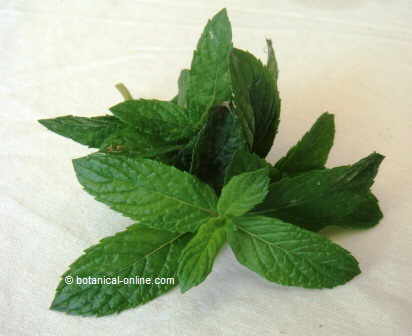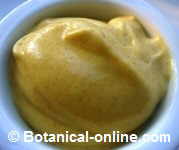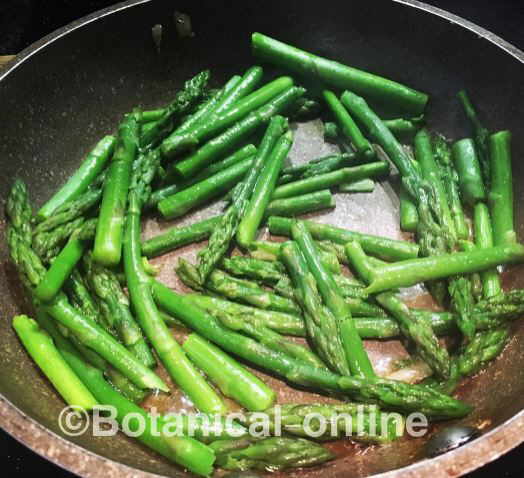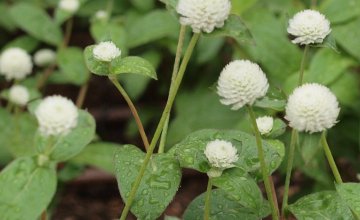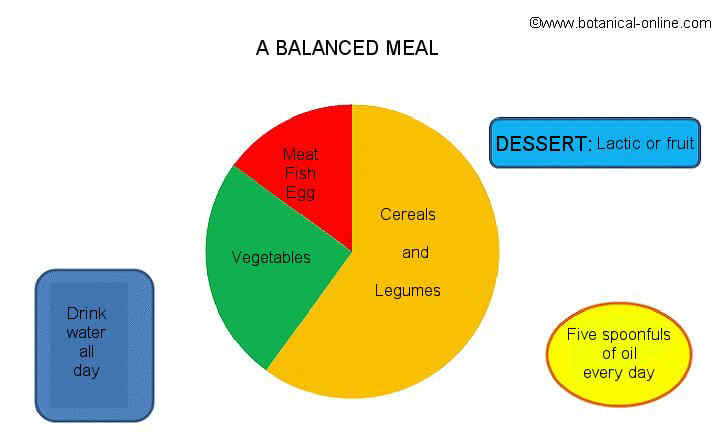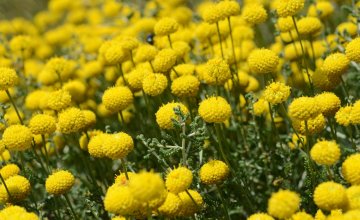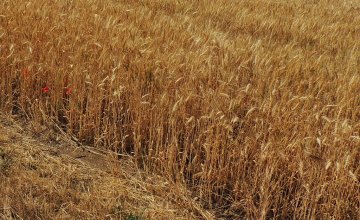Contents
Medicinal properties of rye
BENEFITS OF RYE

Spike of rye
Rye improves cardiovascular health:
This cereal is rich in iron, fiber, and antioxidant minerals. It bears a low fat content, being most of fats polyunsaturated fats and lecithin.
These nutrients give rye fluidizing properties, that’s to say, they provide elasticity to blood vessels. So, rye is considered a good remedy for arteriosclerosis.
It is a cereal indicated for hypertension and vascular disease prevention in general.
Also suitable for diabetes. Due to its fiber content, carbohydrates are gradually absorbed, making rye a low glycemic index food.
It has been observed in populations where the consumption of rye bread is abundant, there is less incidence of cardiovascular disease |
Rye is demulcent and antigastritic
Rye is a demulcent cereal (it protects the skin or mucous membranes of the organs) So, it can help ease sore stomachs. Rye decoction is effective in gastritis and stomach pain.
Rye decoction has also been used to treat fever and coughing.
Rye is antidiarrheal
The decoction of rye is recommended for people with diarrhea because of its emollient and laxative properties.
*More information: Rye water.
Rye helps you lose weight
Rye has fewer calories that wheat and it is higher in soluble fiber.
This is very useful for a person who is on a diet, because it remains a healthy dietary intake of complex carbohydrates (those with a slower absorption). It also provides vitamin B, which is essential to prevent stress produced by a lose diet. It also offers less calories than other cereals, and provides satiety for its high fiber content.
Rye is very suitable for constipation
Rye is a cereal with a high content in mucilage, a type of soluble fiber that stimulates intestinal peristalsis (bowel movement), and favors fecal evacuation.
Suitable for sedentary people, bedridden, or people in old age, as they generally present their bowel habits altered.
Toxicity of rye
No toxicity has been observed in rye.
In veterinary medicine it is not used due to its high content of phytoestrogens (isoflavones), which are responsible for causing rickets in animals.
In the human diet these effects are not comparable, but the potential toxicity or adverse effects of rye could only be due to poor grain maintenance or dietary excess.
The plant (stem and leaves) of rye is particularly rich in nitrates, although it is not usually eaten.
Mind the ergot fungi!
The bad reputation that rye has gathered for so long is due to a fungus, commonly called ergot (Claviceps purpurea) that grows in wet periods and contaminates the grain when stored in bad conditions.
This fungus produces a highly toxic alkaloid, the ergotoxin, which causes a disease well known in the Middle Ages as “evil of burning, fire pestilence, plague of San Antonio.”
![]() More information about rye.
More information about rye.

